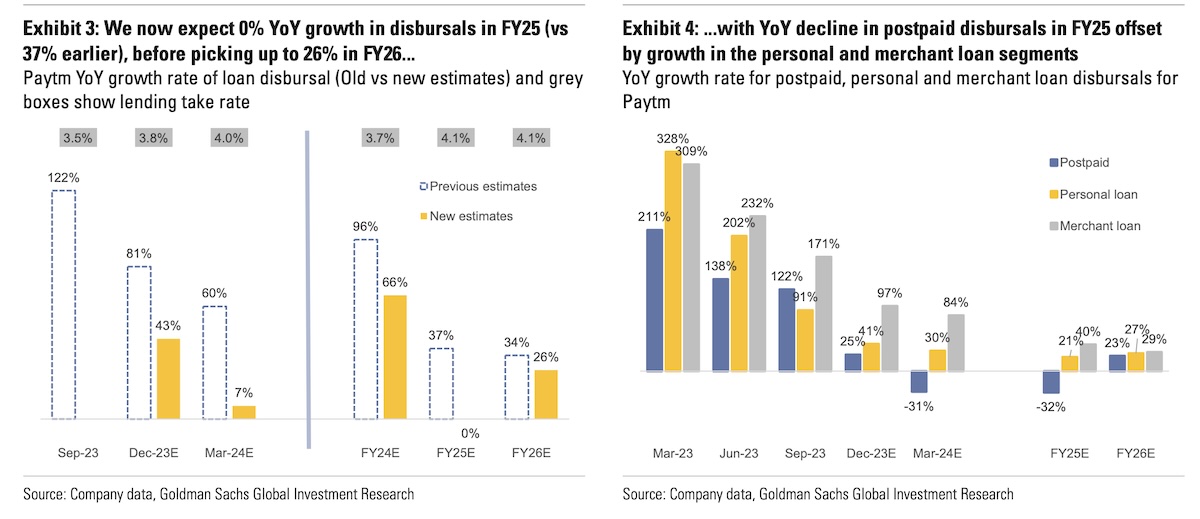Indian financial services firm Paytm sent shockwaves through the industry on Wednesday after it disclosed that it plans to issue fewer personal loans under 50,000 Indian rupees ($600) in a move that has already started to rattle many fintech investors.
Paytm’s move followed the RBI recently tightening norms for consumer loans and publicly expressing concerns about the bad, tiny personal loans. Paytm said Wednesday that it was getting “ultra conservative” and will expand its portfolio of higher-ticket personal and commercial loans to lower-risk and high credit-worthy customers.
On an analyst call Wednesday, Paytm president and chief operating officer said “recent macro development and regulatory guidance” as well as dialogue with lending partners prompted the firm’s move.
“We believe this reflects growing conservatism in the system as well as Paytm’s large share in the segments,” Jefferies analysts said. Goldman Sachs lowered its estimates of Paytm’s revenue and adjusted EBITDA for FY24 through FY26 by up to c.10%/40%, on sharply lower lending estimates, and said it expects FY25 disbursal growth of 0% YoY vs 37% earlier.
Industry executives said the move impacts the growth momentum and return on equity profile for unsecured lending for the entire sector and smaller players might be disproportionately impacted.

“For about 77% of Paytm’s revenue base which includes payments, commerce & cloud, we see no change in outlook, with these segments growing revenues at mid-to-high-teens percentage over the next 2-3 years. However, for the lending segment, we now forecast overall disbursals in 2HFY24 to be 11% lower vs 1H, with FY25 disbursals growing at 0% YoY (vs 37% estimate earlier),” Goldman Sachs analysts wrote Thursday.
“Lending has been a key driver of Paytm’s improving profitability, and we see low growth visibility in this vertical over the next 6-12 months given the higher-than-expected pressure on small-ticketing lending that Paytm is seeing. While Paytm has guided for 40-50% decline in postpaid disbursals in the near term, the range of outcomes remains wide in our view, with potential for further pressure if the macro environment does not see a meaningful improvement.”
Source link









